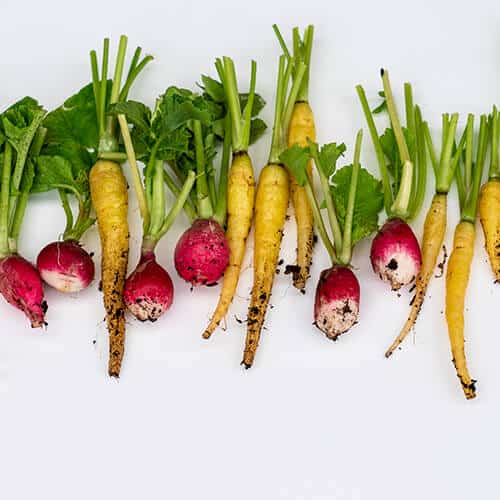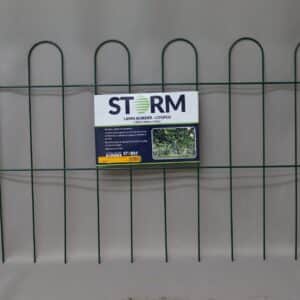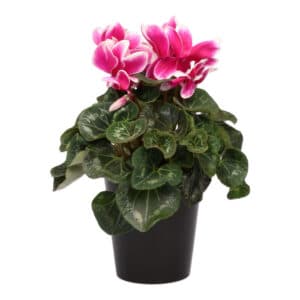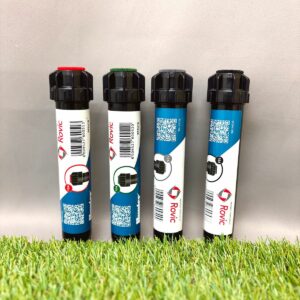Grow your own veggies from seeds
Kitchen gardening

Growing your own food is immensely satisfying, easy to do and far cheaper than buying seedlings. Veggies that grow easily from seed include radishes, beans, lettuce, spring onions, cherry tomatoes, nasturtiums, peas, rocket, beetroot and Asian greens, like mizuna and bok choy. To start a thriving vegetable garden from the ground up, follow some of these tips:
Step-by-step sowing by size
The best sowing method for vegetables depends on the size of the seeds. Here’s what you need to know:
- Small seeds (e.g. lettuce and carrots): Prepare soil well beforehand by removing all weeds, stones and soil clods. Mix in plenty of compost and seedling food and use a flat piece of wood to level the soil. Mist the soil with water and then thinly sprinkle small amounts of seeds on top. Cover with a thin layer of compost and seedling mix and mist with water again.
- Medium seeds (e.g. Swiss chard): These can be successfully grown in furrows. Be sure to plough a trench twice the diameter of the seed. Carefully spread the seeds in these furrows, cover with soil and water well.
- Large seeds (e.g. beans and squash): Simply poke holes (twice the depth of the seed diameter) in the soil and drop the seeds in. Cover with soil, firm down and water well.
General sowing tips
- Keep seeds moist until they germinate. After germination, reduce watering to encourage deep root development.
- Protect young seedlings from birds with protective netting, and ward off snails by surrounding seedlings with crushed egg shells or seashells.
- If you sow your seeds too thickly (particularly smaller seeds), wait until the seedlings are about 7cm high before you thin them out.
- Growing kits come with biodegradable sowing pots that can be planted directly into the soil and will disintegrate and add nutrients as the seedlings grow.
Tips for growing beans from seeds
- Beans are available in two varieties: bush beans and pole beans. Bush beans grow quickly and produce their entire crop in one go. Pole varieties need to be supported by poles or trellises, and grow more slowly, producing a harvest over a longer period.
- If the temperature in your garden regularly reaches above 30°C, you will need to provide respite for your bean seedlings with shade netting.
- Pick beans regularly while they are young and sweet.
- Leave just a few pods on the bean plant to mature to their full size. Dry the fully grown pods and use the seeds to sow your next bean crop in the following spring.
- If you would like more information on growing this legume, read our bean-growing guide.
Tips for growing lettuce from seeds
- Lettuce plants like being planted close together, as this allows them to shade each other.
- Mix a number of different lettuce varieties in one pot or garden bed for an attractive display.
- Cover lettuce seeds with a very thin layer of soil, as they need light and warmth to germinate. Sow seeds in areas which receive afternoon shade.
- Lettuce is available in loose leaf and head varieties. The loose leaf variety is far easier to grow, especially for beginners.
- Lettuce needs plenty of water to grow well.
- Harvesting lettuce is easy – simply pick the leaves as you need them. Remember to leave some plants to flower and produce seeds for next year’s lettuce crop.
- For more details, read our guide to growing lettuce.
You might also like
Shop online
-
CYCLAMEN 14CM
- R129.99
- Add to cart Learn More
-
HUNTER POP UP SPRAYER
- R59.99
- Select options This product has multiple variants. The options may be chosen on the product page Learn More




